faithis1991
Rough_Rock
- Joined
- Jul 6, 2018
- Messages
- 16
Hi all,
SO and I are interested in purchasing a loose padparadscha for my engagement ring and have been looking at stores both online and in person. This week we popped into a local jeweler and she showed us this sapphire.
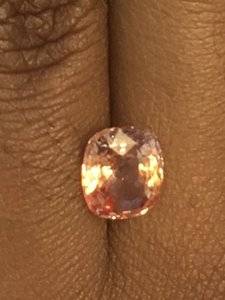
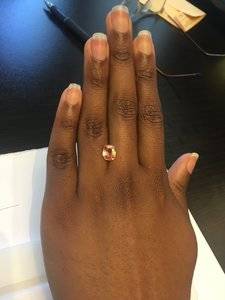
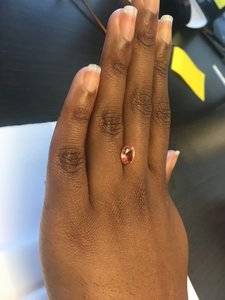
It’s somewhat difficult to tell against my skin but it shifts from a light peach at the top to orange at the bottom. Size specs: 2.17 cts, 8.19mm x 6.80mm cushion cut
She told us her vendor did not indicate that the stone was unheated (she thinks it is heated) and that it is not a certified padparadscha.
Three questions:
1) Is this BE infused? I have no clue that the tell-tale signs are and I haven’t asked yet but will ask in my follow up email if you all suspect that it is...
2) Is it insane for us to pay the asking price of $4500 for a heated peach/maybe-padparadscha sapphire? I’ve negotiated the price down a bit already. However, I’ve seen other pink sapphires with similar size specs online for up to $1K cheaper but they don’t have the color performance this one does. And I’m a big fan of the color shift and sunset look. Example of similar size: https://gemfix.com/gems/sapphire-pink-13-502
3) Does this look like a potential padparadscha to you? Should I consider getting it graded post-purchase to keep the price down?
Thanks in advance!
Faith
SO and I are interested in purchasing a loose padparadscha for my engagement ring and have been looking at stores both online and in person. This week we popped into a local jeweler and she showed us this sapphire.



It’s somewhat difficult to tell against my skin but it shifts from a light peach at the top to orange at the bottom. Size specs: 2.17 cts, 8.19mm x 6.80mm cushion cut
She told us her vendor did not indicate that the stone was unheated (she thinks it is heated) and that it is not a certified padparadscha.
Three questions:
1) Is this BE infused? I have no clue that the tell-tale signs are and I haven’t asked yet but will ask in my follow up email if you all suspect that it is...
2) Is it insane for us to pay the asking price of $4500 for a heated peach/maybe-padparadscha sapphire? I’ve negotiated the price down a bit already. However, I’ve seen other pink sapphires with similar size specs online for up to $1K cheaper but they don’t have the color performance this one does. And I’m a big fan of the color shift and sunset look. Example of similar size: https://gemfix.com/gems/sapphire-pink-13-502
3) Does this look like a potential padparadscha to you? Should I consider getting it graded post-purchase to keep the price down?
Thanks in advance!
Faith


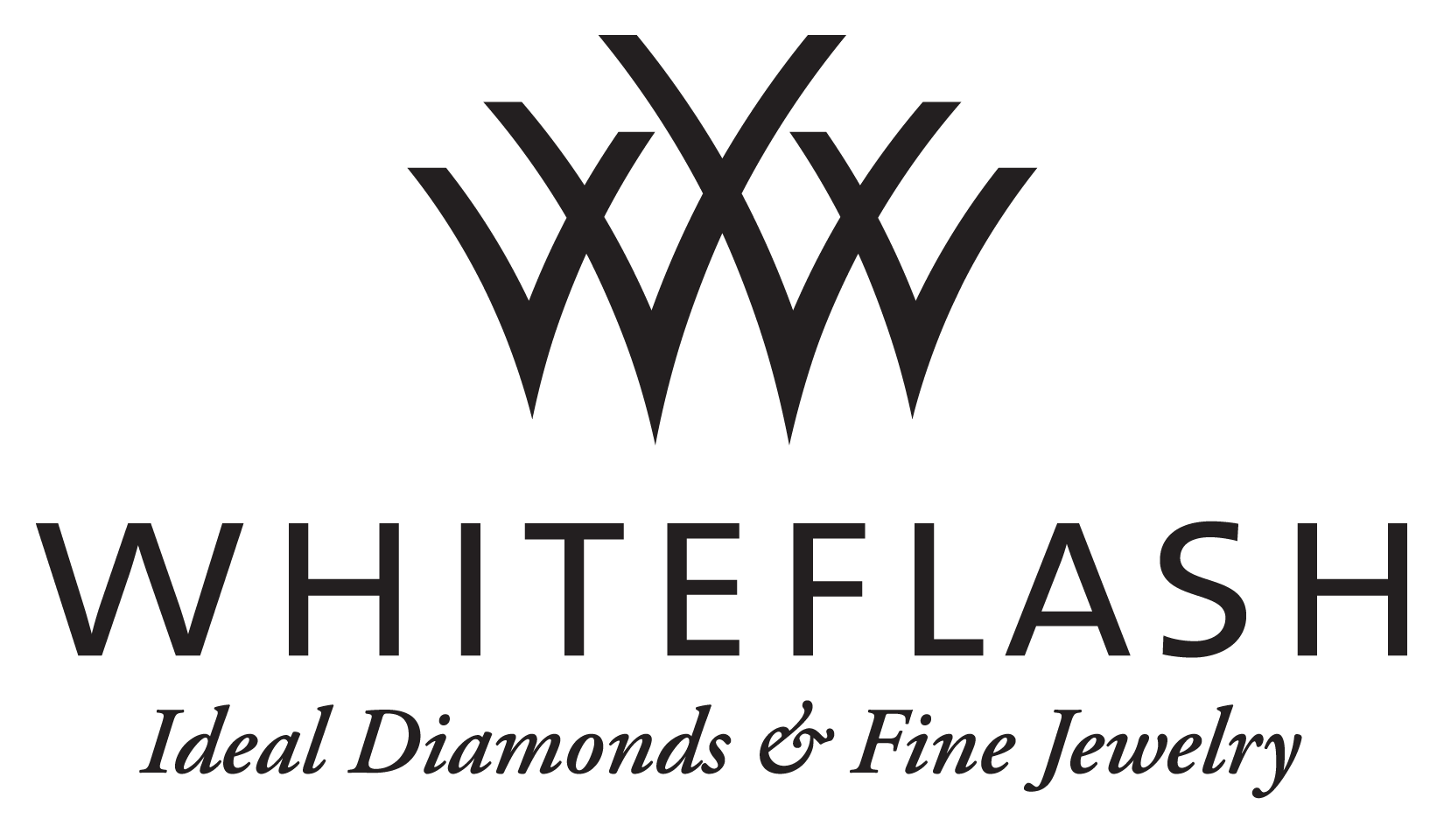
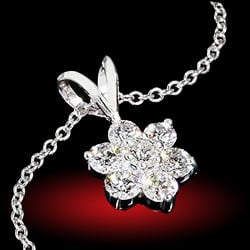
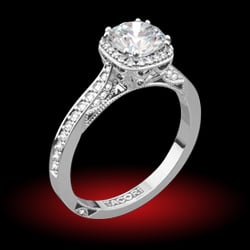
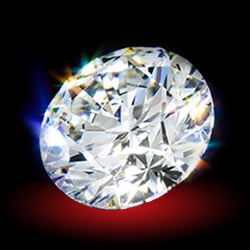
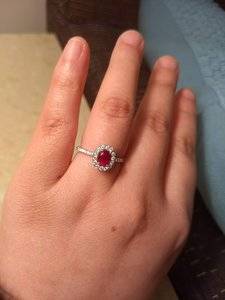
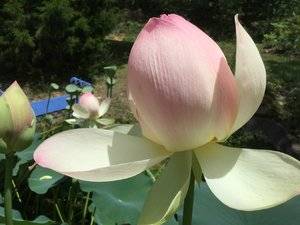
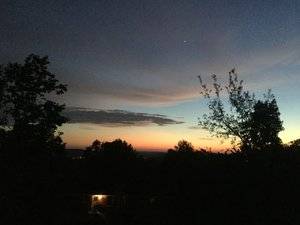


300x240.png)